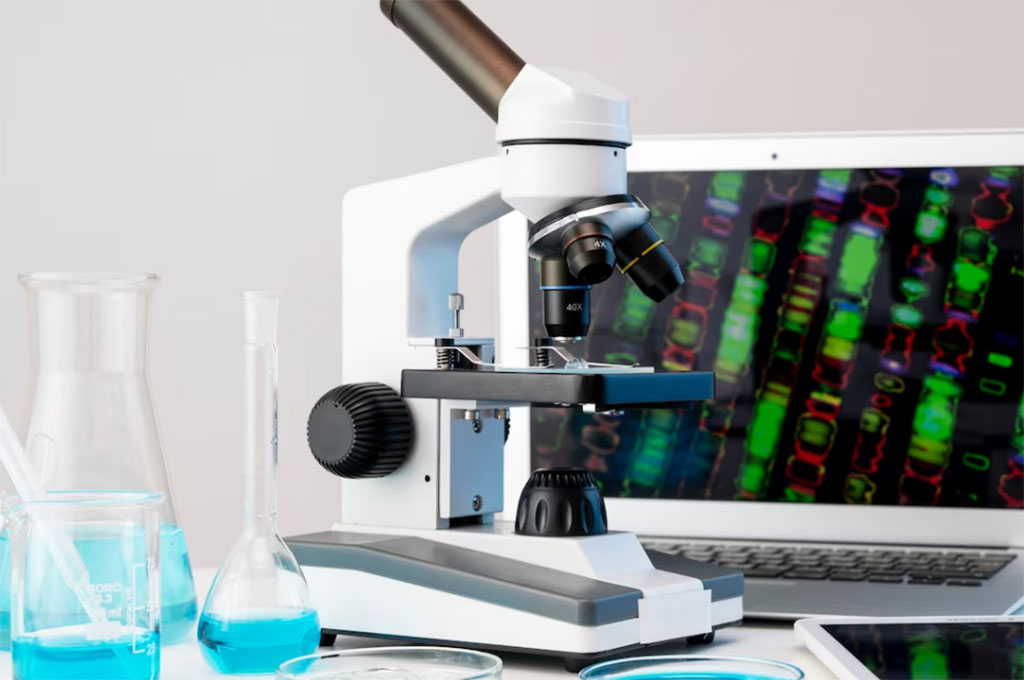Machine Learning Solution Assists Pathologists in Detection of Precancerous Cervical Lesions
Posted on 15 Jun 2023
Cervical cancer ranks as the fourth most prevalent cancer in women, with a reported 604,000 new occurrences in 2020, as per the World Health Organization (WHO). Yet, it stands out as one of the most successfully preventable and treatable cancers, provided that it is detected early and managed appropriately. Therefore, early detection of pre-cancerous lesions is critical for disease prevention. Now, researchers have developed an innovative method using large, high-resolution images to detect crucial pre-cancerous lesions.
A team of researchers from INESC TEC (Porto, Portugal) and IMP Diagnostics (Porto, Portugal) has designed a machine learning solution to aid pathologists in detecting cervical dysplasia, making the diagnosis process of new samples fully automatic. This is among the first published works to utilize complete slides. The researchers set out to develop machine learning models to support the subjective classification of lesions in the squamous epithelium - the protective tissue layer against microorganisms - using whole-slide images (WSI) that contain information from the entire tissue.

The team developed a weakly-supervised methodology - a machine learning method that combines annotated and non-annotated data in the model training phase to classify cervical dysplasia. This technique proves particularly beneficial considering the difficulty of obtaining pathology data annotations: the large image sizes make the annotation process extremely time-consuming, tedious, and highly subjective. This methodology enables researchers to establish models with high performance, even when there's some missing information during the training phase. The resulting model can then grade cervical dysplasia, or abnormal cell growth on the surface, as low (LSIL) or high-grade intraepithelial squamous lesions (HSIL). Given the complexity and subjective nature of the classification process, these machine learning models can provide valuable assistance to pathologists. Furthermore, these systems could act as an early warning mechanism for suspicious cases, alerting pathologists to instances that warrant closer examination.
"In the detection of cervical dysplasia, this was one of the first published works that use the full slides, following an approach that includes the segmentation and subsequent classification of the areas of interest, making the diagnosis of new samples completely automatic," explained Sara Oliveira, a researcher at INESC TEC.
Related Links:
INESC TEC
IMP Diagnostics







 Analyzer.jpg)






